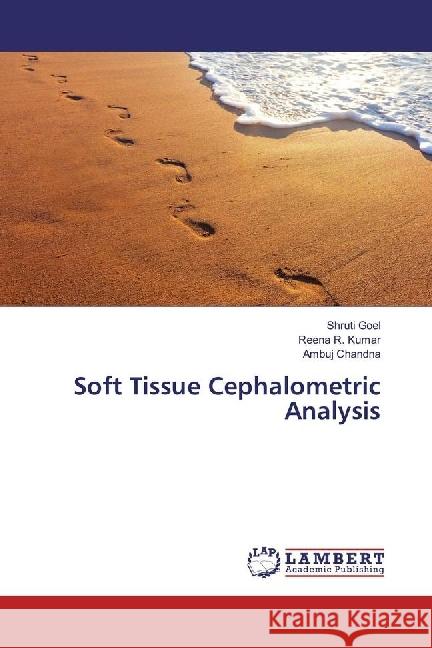topmenu
Wyniki wyszukiwania:
wyszukanych pozycji: 6
 |
Analyse céphalométrique des tissus mous
ISBN: 9786203879698 / Francuski / Miękka / 2025 / 100 str. Termin realizacji zamówienia: ok. 10-14 dni roboczych (Dostawa w 2026 r.) En orthodontie, l'un des principaux objectifs du traitement est d'atteindre et de préserver l'attractivité du visage.1 Traditionnellement, l'accent était mis sur les composantes dentaires et squelettiques pour le diagnostic et la planification du traitement. Pendant 100 ans, la théorie et la pratique de l'orthodontie ont été largement basées sur le paradigme d'Angle qui considérait l'occlusion dentaire idéale comme « la forme idéale voulue par la nature ». Avec l'avènement de la céphalométrie, les relations dento-squelettiques sont devenues le facteur décisif dans l'analyse du...
En orthodontie, l'un des principaux objectifs du traitement est d'atteindre et de préserver l'attractivité du visage.1 Traditionnellement, l'accent ...
|
cena:
250,62 |
 |
Análise Cefalométrica dos Tecidos Moles
ISBN: 9786203881110 / Portugalski / Miękka / 2025 / 96 str. Termin realizacji zamówienia: ok. 10-14 dni roboczych (Dostawa w 2026 r.) |
cena:
250,62 |
 |
Analisi cefalometrica dei tessuti molli
ISBN: 9786203880670 / Włoski / Miękka / 2025 / 96 str. Termin realizacji zamówienia: ok. 10-14 dni roboczych (Dostawa w 2026 r.) |
cena:
250,62 |
 |
Analiza cefalometryczna tkanek miekkich
ISBN: 9786203878837 / Polski / Miękka / 2025 / 96 str. Termin realizacji zamówienia: ok. 10-14 dni roboczych (Dostawa w 2026 r.) |
cena:
250,62 |
 |
Cephalometrische Analyse des Weichgewebes
ISBN: 9786203879230 / Niemiecki / Miękka / 2025 / 100 str. Termin realizacji zamówienia: ok. 10-14 dni roboczych (Dostawa w 2026 r.) In der Kieferorthopädie besteht eines der Hauptziele der Behandlung darin, die Attraktivität des Gesichts zu erreichen und zu erhalten.1Traditionell lag der Schwerpunkt bei der Diagnose und Behandlungsplanung auf der dentalen und skelettalen Komponente. 100 Jahre lang basierte die kieferorthopädische Theorie und Praxis weitgehend auf dem Angle-Paradigma, das die ideale Zahnokklusion als "die von der Natur vorgesehene ideale Form" ansah. Mit dem Aufkommen der Kephalometrie wurden die dentoskelettalen Beziehungen zum entscheidenden Faktor bei der Gesichtsanalyse, und die Weichteile wurden...
In der Kieferorthopädie besteht eines der Hauptziele der Behandlung darin, die Attraktivität des Gesichts zu erreichen und zu erhalten.1Traditionell...
|
cena:
250,62 |
 |
Soft Tissue Cephalometric Analysis
ISBN: 9783659911088 / Angielski / Miękka / 2016 / 132 str. Termin realizacji zamówienia: ok. 10-14 dni roboczych (Dostawa w 2026 r.) |
cena:
250,62 |










